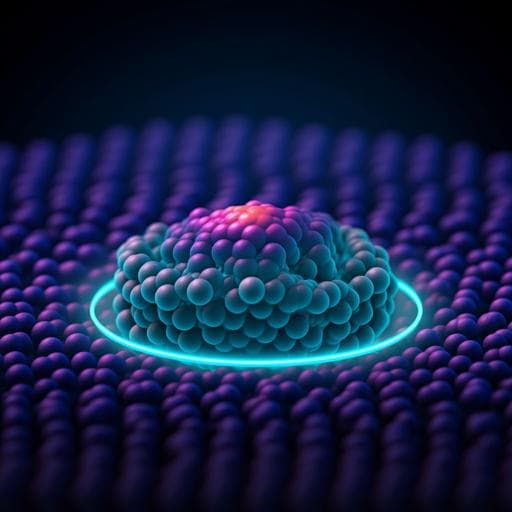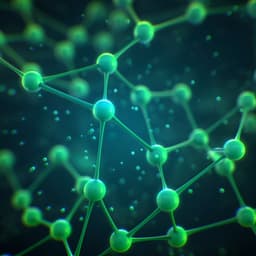
Physics
Understanding the impact of heavy ions and tailoring the optical properties of large-area monolayer WS<sub>2</sub> using focused ion beam
F. Sarcan, N. J. Fairbairn, et al.
This groundbreaking research investigates the lateral damage in large-area monolayer WS2 caused by gallium focused ion beam milling. Conducted by an expert team of authors, the study uncovers an unexpected bright ring-shaped emission around the milled area and reveals strategies to minimize distant damage, paving the way for enhanced optical properties through charge and defect engineering.
~3 min • Beginner • English
Related Publications
Explore these studies to deepen your understanding of the subject.







